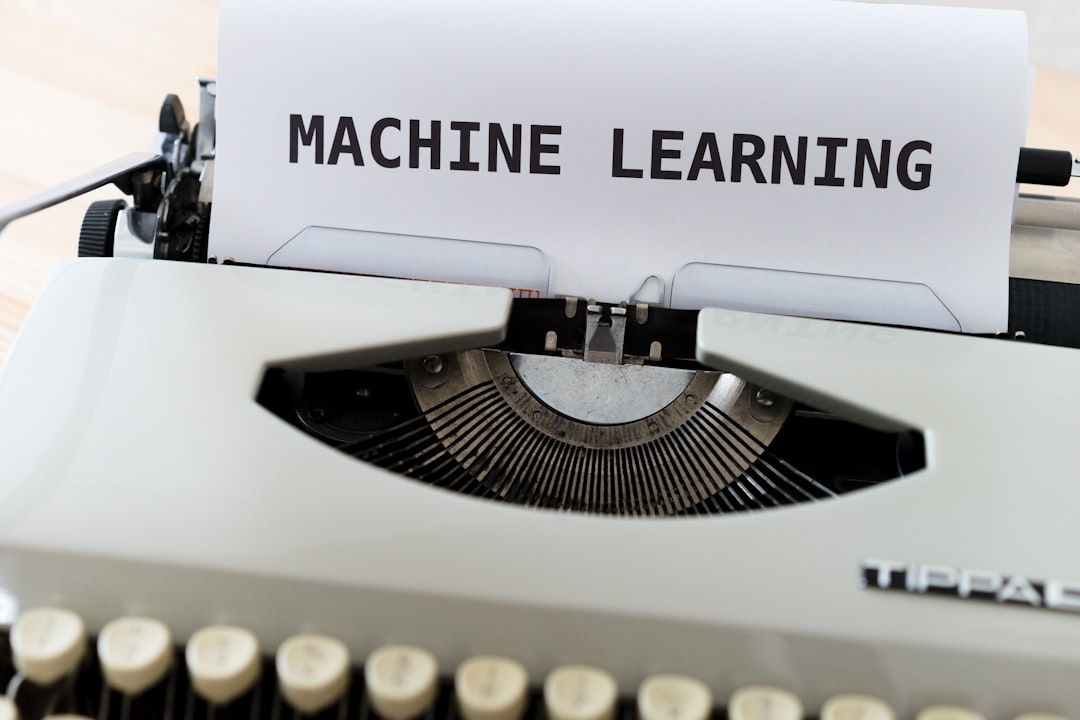What is it about?
People around the world endanger the lives of themselves and others every day by dividing their attention across multiple tasks, such as driving and talking on a cell phone. These dangers result from splitting our limited voluntary attentional efforts. Current tools for measuring attentional effort, also known as cognitive workload, lack insight into cognitive factors that can cause fatal errors. With the advent of new distracting technology in cars, if we do not effectively measure cognitive workload, fatal human errors may grow. The current study details our application of mathematical modeling to an International Standard for measuring ongoing cognitive workload in the vehicle. This research provides a framework for accurately quantifying cognitive workload and the factors that contribute to it, which will allow future researchers and policymakers to determine the danger inherent in many tasks within the vehicle.
Featured Image

Photo by Alexandre Boucher on Unsplash
Why is it important?
Parameters of our models may be able to provide evidence for policies regarding technology in the vehicle. If people do not have the capacity to do anything but drive, then we must either minimize non-essential secondary tasks within the vehicle or diminish the driver's role through automation. However, if people voluntarily allocate resources toward secondary tasks and delay sampling their driving environment, more stringent training on par with other countries or piloting aircraft would be recommended.
Perspectives
Driving is very complex and our standards for measuring aspects of driving either do not exist or vary in their implementation. In order to determine the relative contribution of driving factors to accidents and fatalities on the road, we should thoroughly validate our measures in their ability to predict crash risk and guide policy.
Spencer Castro
University of Utah
Read the Original
This page is a summary of: Cognitive workload measurement and modeling under divided attention., Journal of Experimental Psychology Human Perception & Performance, April 2019, American Psychological Association (APA),
DOI: 10.1037/xhp0000638.
You can read the full text:
Resources
Contributors
The following have contributed to this page










